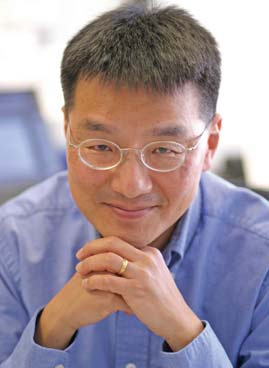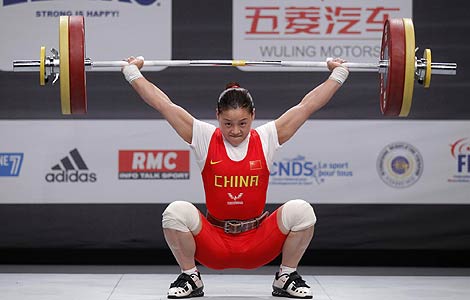Research in motion
Updated: 2011-11-11 09:02
By Andrew Moody (China Daily)
|
|||||||||
|
Arding Hsu, senior vice-president of Siemens, says China is an ideal place for fusion innovation to thrive. [Provided to China Daily] |
Far from keeping its blue-sky research back in its US headquarters, 200 of its staff in China are part of the company's core research team.
"We selectively develop in China since compared to our 110-year-old center in New York we are relatively young," says Chen Xiangli, president of the GE Technology Center in China.
"We focus on a few areas where we can make an impact and where we could become global leaders quickly."
Chen, who was also partly educated in the US at the University of Illinois at Urbana-Champaign, joined GE in New York in 1994.
He has held his current position since 2007 and has won a major award from the Shanghai municipal government for his contribution to R&D.
He says the company's focus on R&D is not primarily motivated by cheaper labor.
"Not very long ago when I started here, labor rates were a fifth of those in the United States. Now they are 40 percent. I am sure that in five or 10 years time they will be pretty equal," he says.
"The key for us is to be closer to the market and to have more innovation capability in this part of the world. Being close to the customer really is a main driver."
Greidanus at Philips says the very fact that more foreign multinationals are setting up research bases in the country is driving up the cost of labor.
"The competition in the labor market has become severe because you not only have more multinational but Chinese companies trying to attract the same talent. The cost of living in Shanghai and Beijing, where most of the centers are, also means the cost of labor goes up," he says.
"This shouldn't be a major consideration because you wouldn't start a research laboratory somewhere because the labor cost was low."
Philips has 1,800 research and development staff in China, 1,200 of who are in the Shanghai area. Around 110 are key staff working on high-level research.
The company has developed a number of products with the China market in mind. One is a kitchen appliance that washes fruit and vegetables and is set to do well when it is launched because it addresses local concerns about pesticide contamination.
Another is an air purifier for use inside cars by drivers and passengers worried about the air they breathe among all the pollution.
"We have had some success working in these domains and we expect more in the next few years," adds Greidanus.
Some believe that the multinationals working on research in China have the potential to create a fusion which can drive technological development.
Arding Hsu, senior vice-president of German electronics and engineering company Siemens, which has major R&D facilities in China, is one who believes this to be the case.
"China is an ideal place for fusion innovation to thrive. On the one hand, China's fast-growing market is characterized by massive and diverse needs.
"On the other hand, the long history and brilliant culture of this country have accumulated a lot of interesting knowledge."












